All about Venus Flytrap care
Venus flytraps are not hard to care for. Venus flytrap care is really easy, as long as you don’t over complicate it. And as long as you pay attention to a few “do’s” and “don’ts”.
Your Venus Flytrap is just like your other potted house plants – it needs the right kind of soil, lots of light, and water. But the conditions that Venus Flytraps really like is a little different than your average house plant.
If you bought a small Venus Flytrap in a small pot with a clear cover, the first thing to do is get rid of the cover. There is this mistaken idea that Venus Flytraps thrive in a humid, tropic like atmosphere. And they are sold with clear plastic covers that are supposed to maintain the humidity.
Poppycock!
If you want to take care of Venus Flytraps, get rid of the clear plastic cover. Venus Flytraps are native to the southeast United States, in the coastal areas of North and South Carolina – these are not tropics. The purpose of the clear plastic covers is an attempt to create a high humid environment for your carnivorous plant.
I lived in North Carolina for 15 years. And I lived on the coast. It is hot and muggy in the summer – just like the rest of the United States. In the winter, it is cool and wet, gets down to freezing, and even snows! This is not the tropics. And as I show you elsewhere in this website, carnivorous plants native to North America, NEED a cold winter to properly grow the following year.
Containers and Soil
Venus flytrap care includes the right kind of soil and container. Be sure the container is made of plastic or glazed ceramic. Do not use cement, concrete, or terra cotta containers. The minerals in the container will leach into the soil and either kill the plant or stunt its growth. Try to use a chemically inert container.
Venus Flytraps grow in swamps and bogs in the southeastern United States. Your goal to growing a successful Venus Flytrap plant is to replicate that environment. Your soil should be a one-to-one mixture of peat and sand. Do not use Miracle grow peat moss – it has fertilizers. Do not use sand from your backyard or from the sandbox where your kids play. Again, the minerals in the soils can kill your plants. Purchase sterile sand from garden supply stores.
And place at the top of the soil a layer of sphagnum moss. This will help retain the soil’s moisture.
Water for Your Venus Flytraps
Venus flytrap care includes creating an environment your plants will thrive in. And water, the right kind of water, is important. Used distilled water, or capture rain water and use this to water your carnivorous plant. Do not use tap water. It has chlorine and other chemicals that will damage your plant. In addition, Venus Flytraps grow in an acidic environment. Tap water from most municipal water supply systems is slight basic, so as to not eat away at the pipes. You need water that is slightly acidic. And rain water is perfect for that.
Light for Your Venus Flytrap
Proper care for your Venus Flytrap includes giving your plant lots and lots of sunlight. And putting your plant next to a florescent light bulb is not the right kind of light. Again, think about the native environment. The southeast of the US gets lots and lots of sunlight.
So give your Venus Flytrap what it wants. Your Venus flytrap will need to get at least six to eight hours of direct sunlight each day in the summer. This is not a shade plant. Sunlight is a good thing.
Great locations for your plants include south facing decks, sunny porches and windowsills.
Fertilizer is a Big No No
Lastly, do not use fertilizer on your Venus Flytrap. No matter how tempting it is. No matter what you read on the label of your plant you purchased from the store.
Don’t use fertilizer.
Venus Flytraps feed on insects because they live in nitrogen deficient soils. And the insects they catch provide that nitrogen. If you supply nitrogen, you will kill your plant.
Don’t use fertilizer.
Venus Flytrap Care Summary
Venus Flytrap care is a pretty simple thing once you understand that your plant is like other plants. It needs soil, water, and light.
It is just that it grows in an acidic, nutrient deficient, very moist environment. Focus on providing these things for your plant, and your Venus Flytrap will thrive and grow as you care for your plant.
Share this post
Leave a Reply
You must be logged in to post a comment.

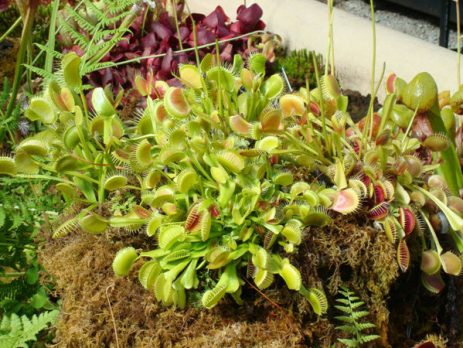
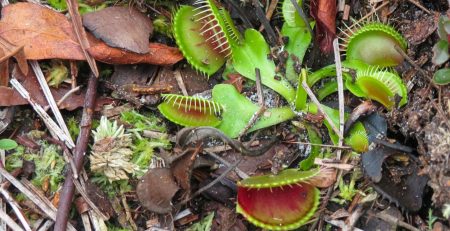
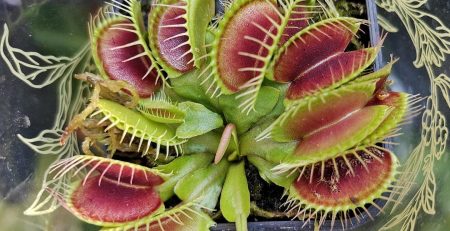
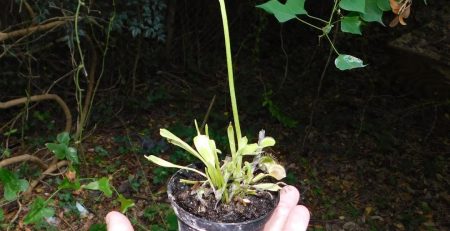
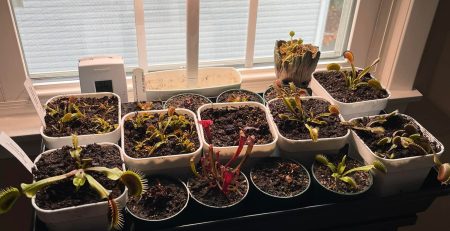
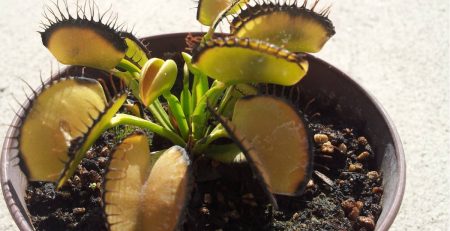
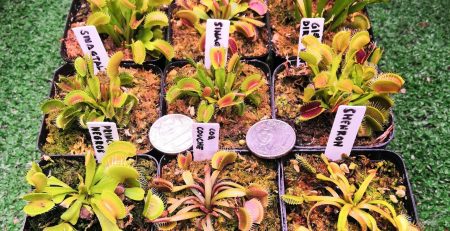
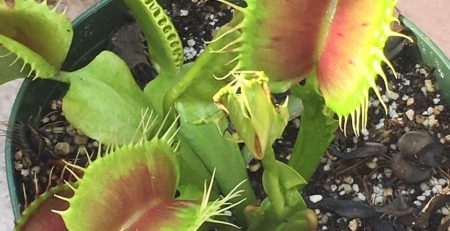
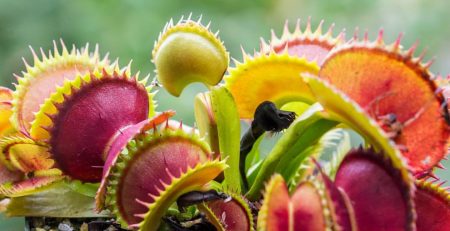
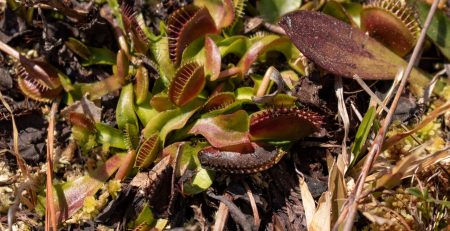
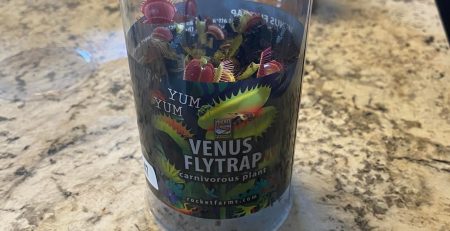
Comment (1)
When should I change to a bigger pot?